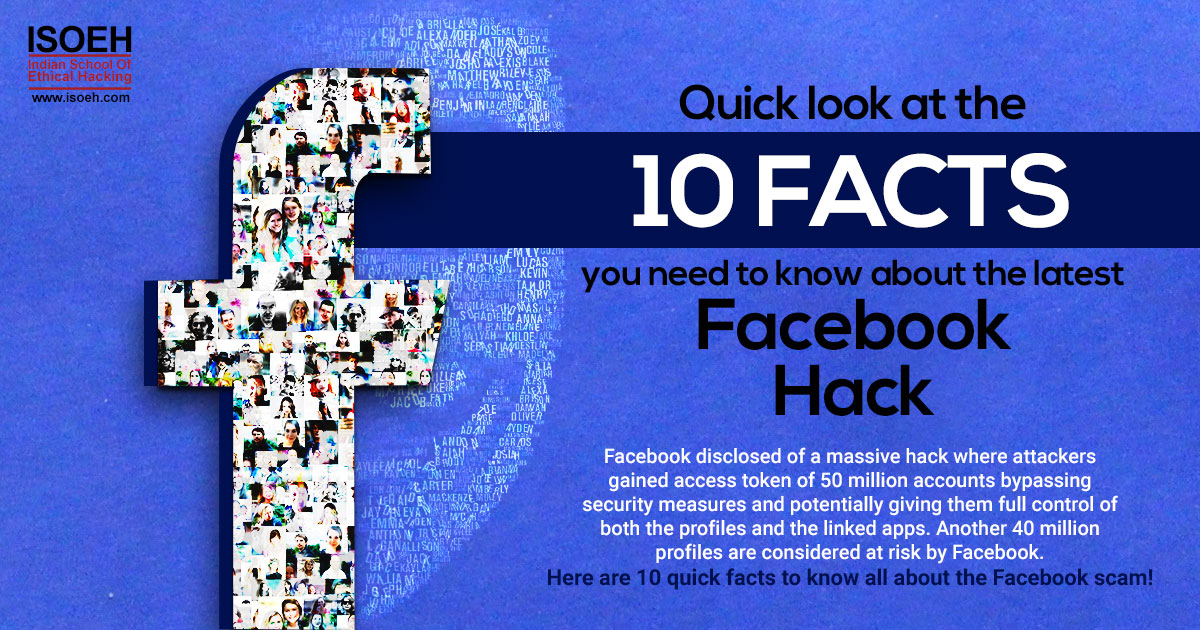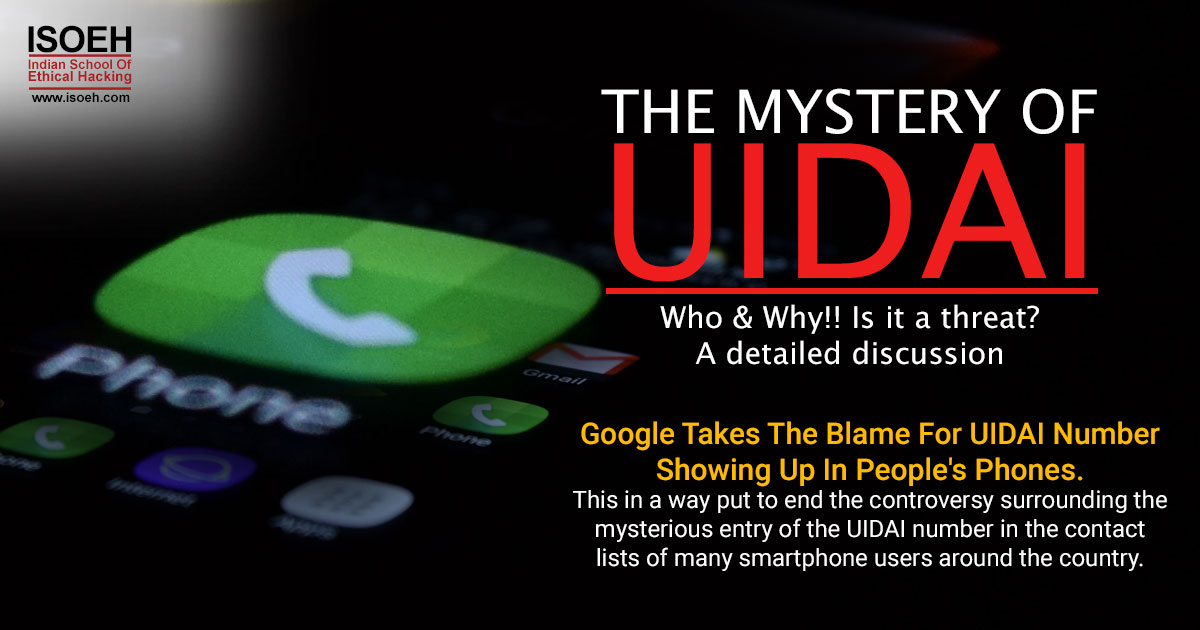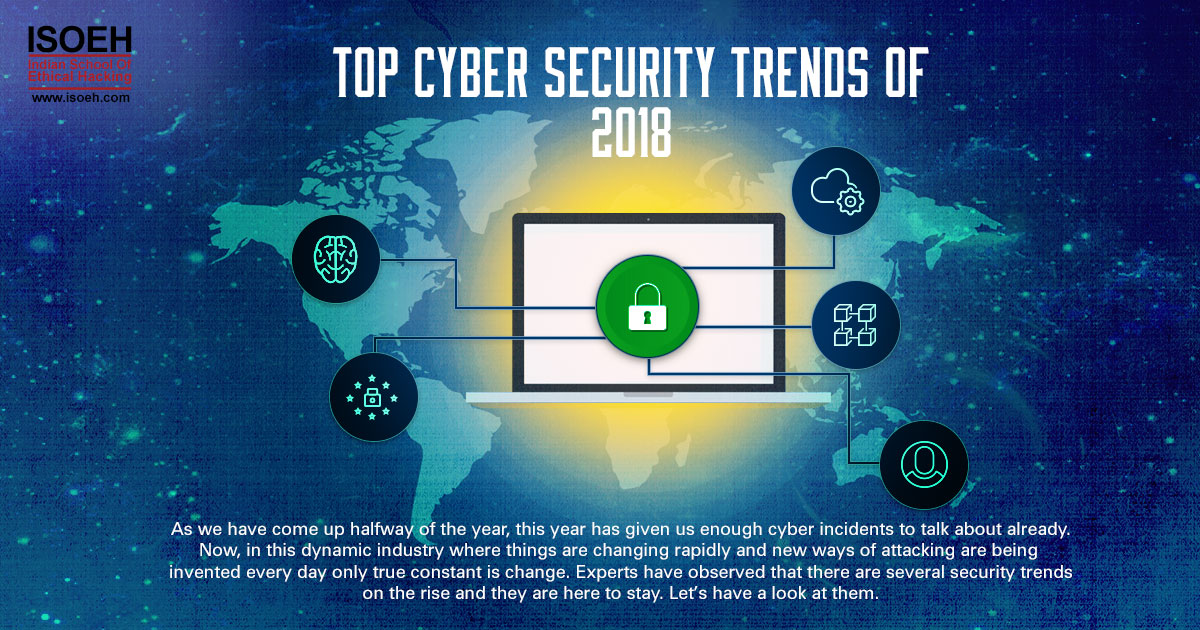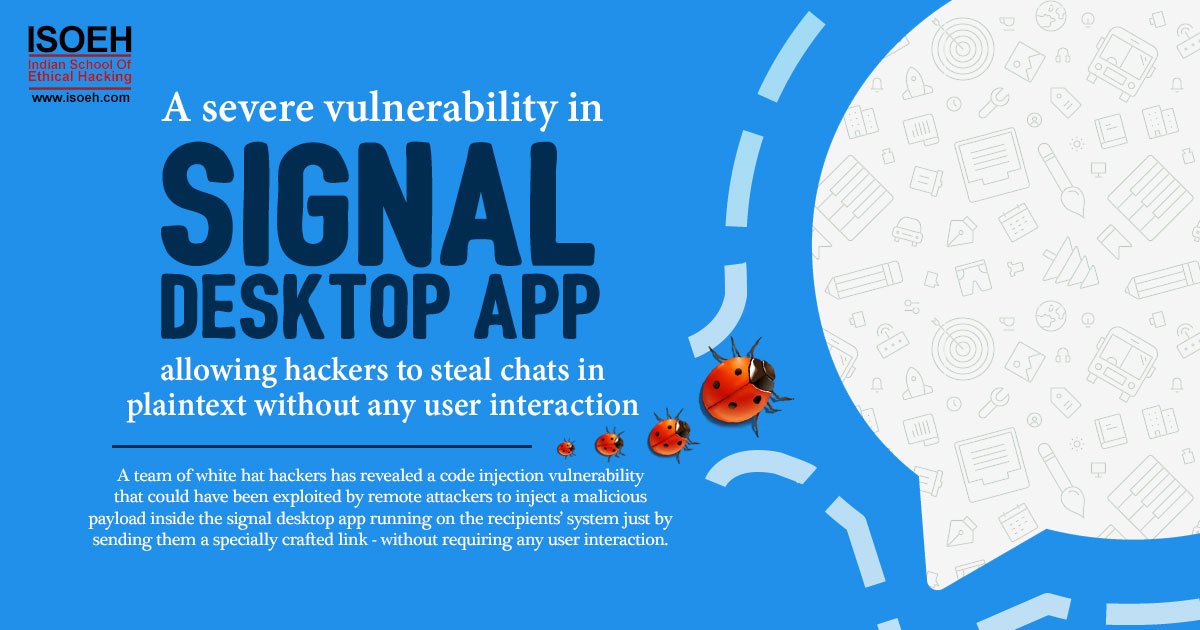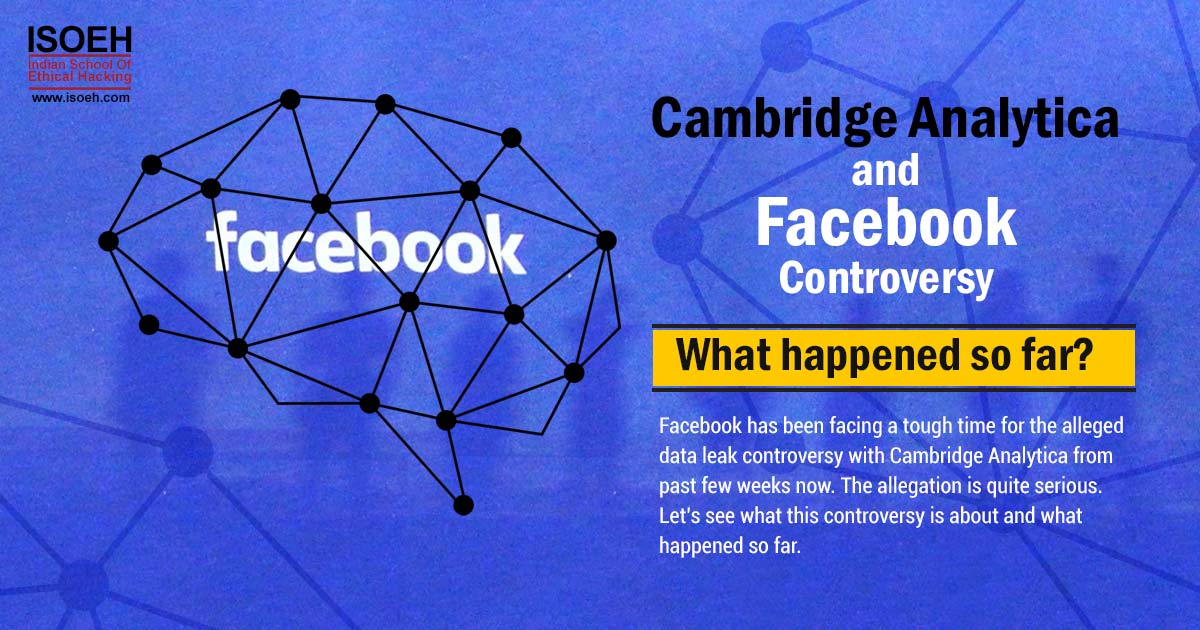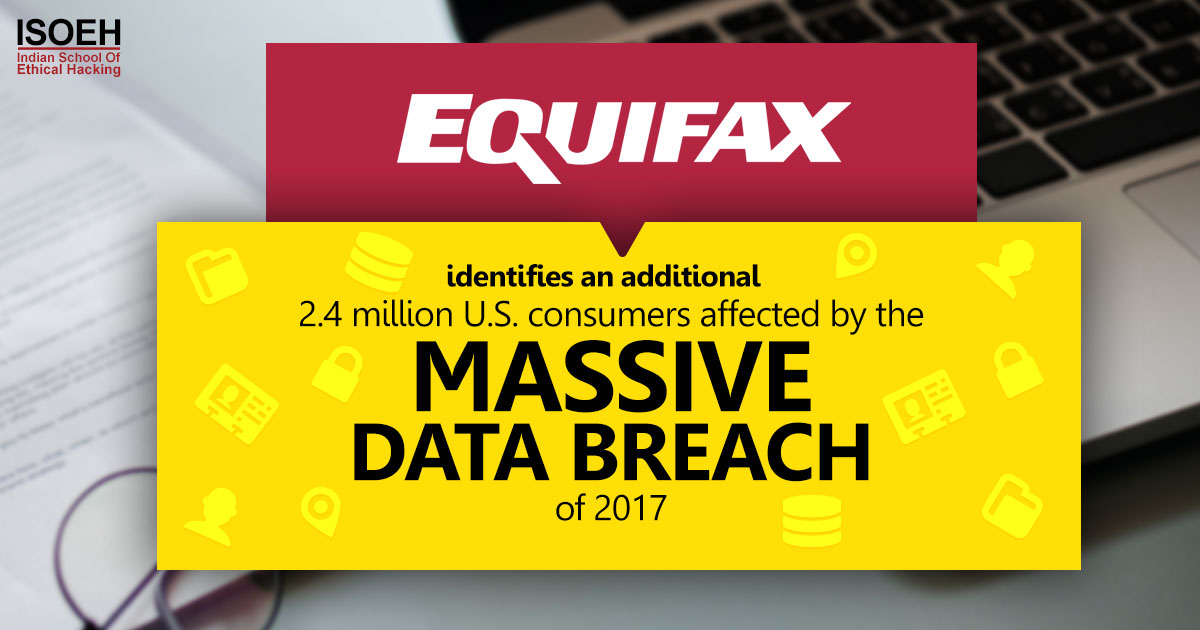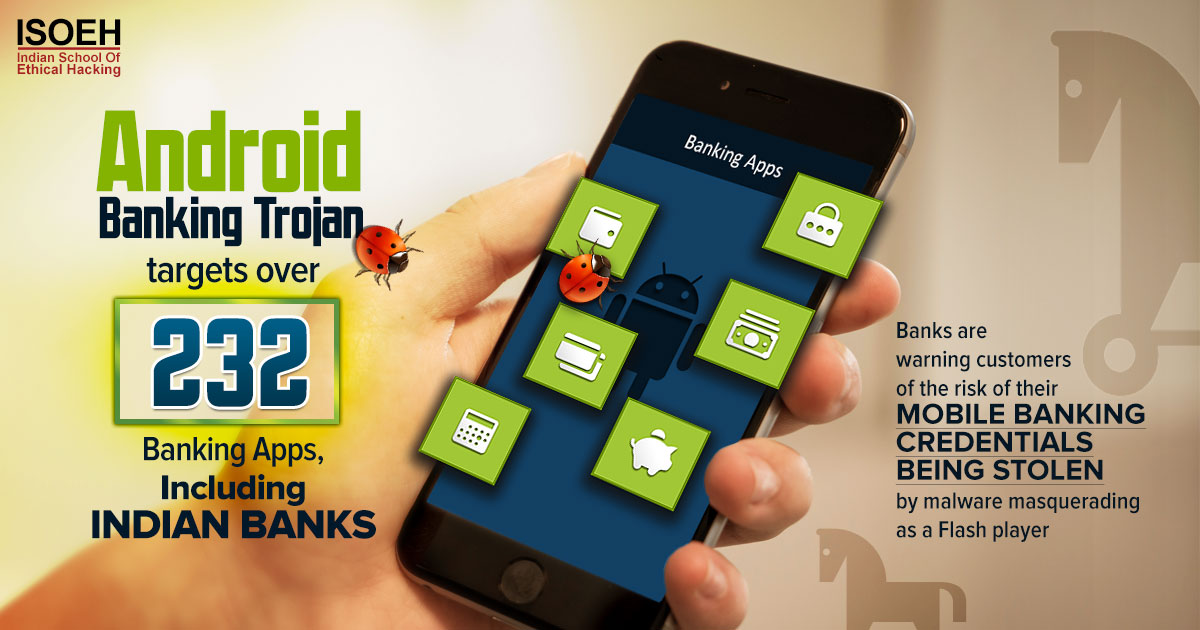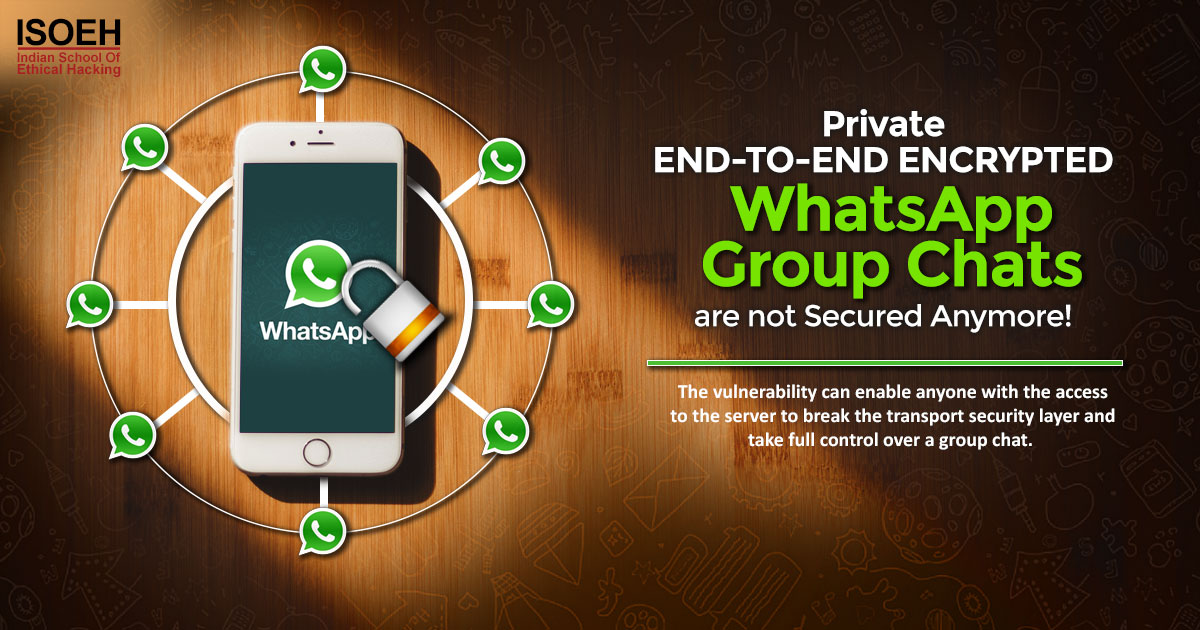
Have you ever considered that a simple LinkedIn job offer could lead to a devastating cyberattack? If not, it's time to pay close attention.
In recent news, North Korean threat actors have deployed a sophisticated malware called COVERTCATCH, targeting professionals through LinkedIn job scams. This alarming trend highlights the growing dangers of online recruitment scams and their devastating consequences for individuals and organizations alike. Let's delve into what COVERTCATCH malware is, how these LinkedIn job scams operate, and what you can do to protect yourself.
What is COVERTCATCH Malware?
COVERTCATCH is a type of malicious software recently linked to North Korean hackers. It is designed to infiltrate victims' computers stealthily, enabling attackers to steal sensitive information, compromise systems, and maintain persistence on the network without detection. The malware is part of a larger cyber-espionage campaign that uses deceptive methods to lure professionals into downloading harmful files. The primary objective? Gain unauthorized access to critical data, especially within industries like defence, technology, and government sectors.
The recent surge in the deployment of COVERTCATCH via LinkedIn job scams has raised red flags across the cybersecurity landscape, with experts urging individuals to stay vigilant.
How Does the LinkedIn Job Scam Work?
North Korean threat actors are increasingly using LinkedIn as a platform to target professionals. Here's how the scam typically unfolds:
- The Job Offer: It all starts with a tempting job offer. You might receive a message from a recruiter claiming to represent a prestigious company. The job offer seems too good to be true, promising high salaries, great benefits, and opportunities in your desired field.
- Building Trust: Once the target shows interest, the recruiter establishes a rapport, sharing more details about the position. They might even schedule a virtual interview to make the process seem legitimate.
- Malicious Attachments or Links: Here's where the danger strikes. At some point in the communication, you are asked to download a file or click on a link—typically disguised as a job application form, contract, or project description. This file is the COVERTCATCH malware in disguise.
- System Compromise: Once downloaded, the malware quietly installs itself, granting attackers access to your system. From here, they can extract sensitive data, monitor your activity, or even control your device remotely.
Who Are the Targets?
While anyone using LinkedIn can fall victim to this scam, threat actors primarily focus on individuals working in high-stakes industries like aerospace, defence, IT, and government sectors. Their goal is to collect intelligence, sabotage operations, or gain competitive advantages by stealing intellectual property.
Why Is This Attack So Dangerous?
The LinkedIn job scam combined with COVERTCATCH malware is particularly dangerous for several reasons:
- Sophistication: The scammers use convincing methods, making it hard to differentiate between genuine recruiters and malicious actors.
- Wide Reach: LinkedIn is a global platform, making it easier for attackers to target professionals from all over the world.
- Stealth: COVERTCATCH is designed to evade detection. It operates in the background, often going unnoticed by traditional antivirus software until significant damage has been done.
- Data Breach Risk: Once infected, the victim's personal and professional data can be compromised, leading to financial losses, reputational damage, and in some cases, national security risks.
Latest News and Insights
Recent reports, including those from The Hacker News, Cyware, and other cybersecurity experts, confirm the alarming rise of this threat. The attack campaign has been traced back to Lazarus Group, a notorious North Korean hacking collective known for its high-profile cyber-espionage activities. These hackers have been exploiting LinkedIn's platform to spread their reach and target unsuspecting professionals, posing as recruiters from well-known companies.
A cybersecurity blog on NPAV highlighted that North Korean actors meticulously plan their attacks, often researching their victims before initiating contact. This tailored approach increases the chances of success, as victims are more likely to trust personalized and specific job offers.
How to Protect Yourself from LinkedIn Job Scams and COVERTCATCH Malware?
- Verify Recruiters: Always cross-check the identity of recruiters or job offers you receive on LinkedIn. Look for red flags, such as incomplete profiles, a lack of connections, or inconsistencies in their communication.
- Avoid Downloading Files: Never download attachments from unknown sources or click on suspicious links. Legitimate recruiters will not ask you to download files directly from LinkedIn messages.
- Use Security Software: Make sure your devices are protected with up-to-date antivirus and anti-malware software. These tools can help detect and block malware like COVERTCATCH before it infects your system.
- Enable Multi-Factor Authentication (MFA): MFA adds an extra layer of security to your LinkedIn account, making it harder for attackers to compromise your account even if they steal your credentials.
- Be Sceptical of Too-Good-to-Be-True Offers: High-paying job offers that seem too good to be true often are. Exercise caution and always verify the legitimacy of job opportunities before engaging further.
What to Do If You Fall Victim to COVERTCATCH?
If you suspect that you've been infected by COVERTCATCH malware, take immediate action:
- Disconnect Your Device from the Internet: This prevents the malware from communicating with its command-and-control server.
- Scan Your System: Run a full malware scan using trusted cybersecurity software.
- Report the Incident: Notify LinkedIn about the scam and inform your organization if the device you used for work was compromised.
- Change Your Passwords: Immediately update your LinkedIn password and any other passwords that may have been compromised.
In today's hyper-connected world, cybersecurity is no longer optional. With North Korean threat actors actively exploiting LinkedIn job scams, you could be at risk of falling prey to the next major malware attack. Don't let your guard down—take proactive measures to protect your personal and professional data. Remember, that dream job offer could be a carefully disguised trap.
Are you prepared to defend against these advanced threats, or will you be the next victim? Stay informed. Stay safe.
Hacking Tools
Explore All Hacking Tools »
UFTP is an encrypted multicast file transfer program for secure, reliable & efficient transfer of files. It also helps in data distribution over a satellite link.
Read DetailsBreaking News
Breaking News Of Each Month »
The recent pandemic was unexpected and unknown to most part of the world. It has changed our life and we are slowly adapting to our new lifestyle. The risks associated with the new lifestyle, both personal & corporate, are unknown to most of us.
Read Details


